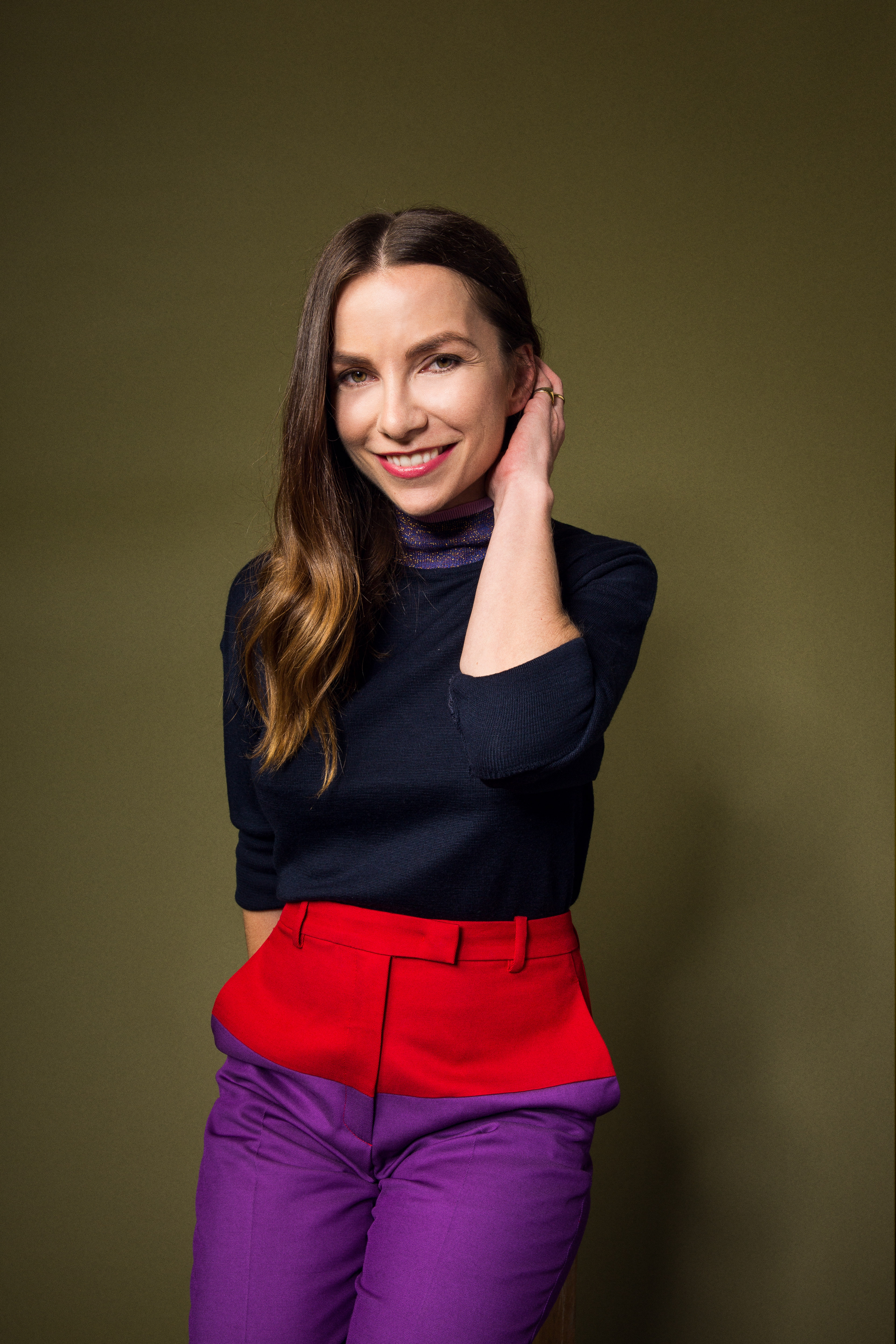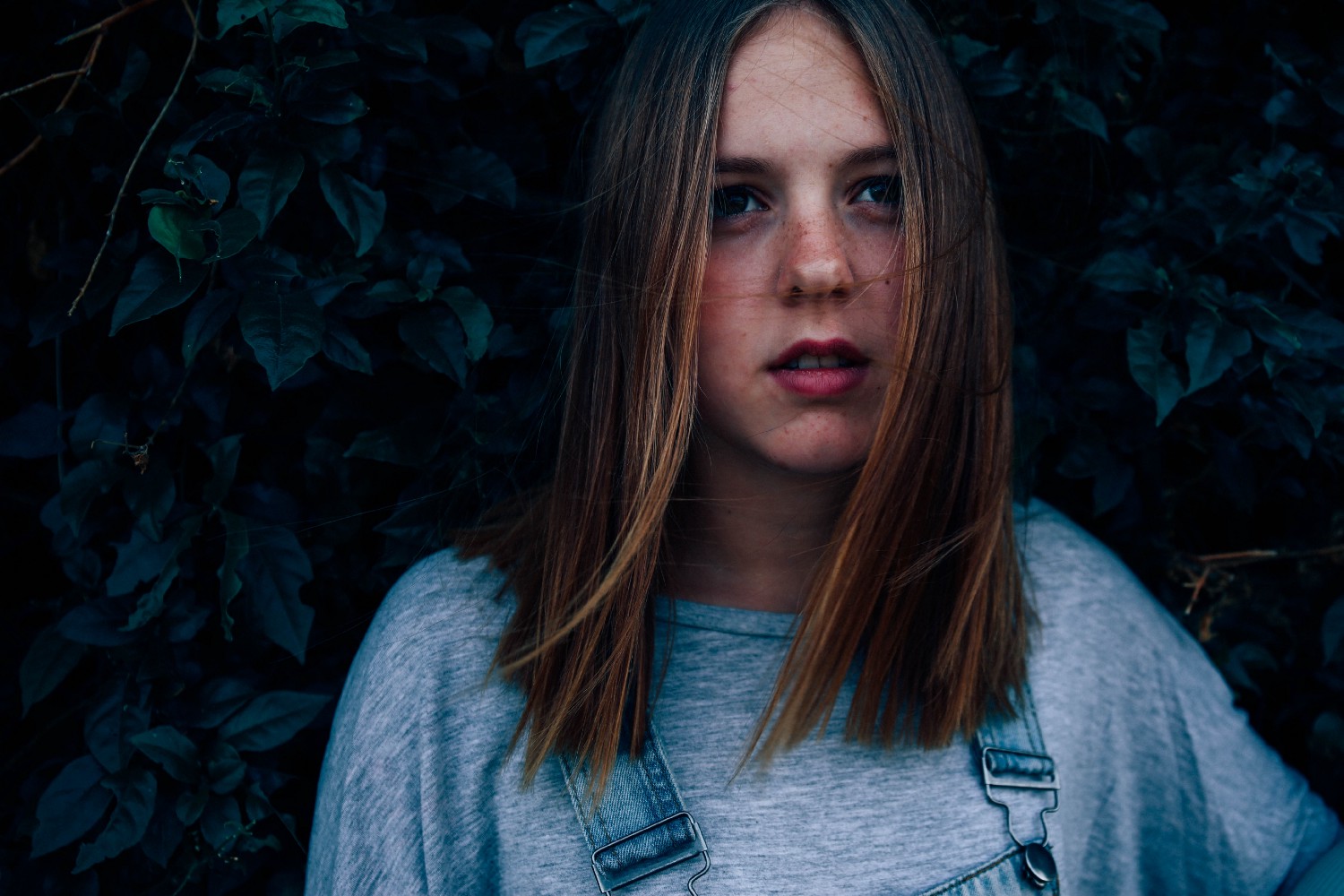I got an email in my inbox shortly after Netflix released “13 Reasons Why,” a series based on Jay Asher’s book of the same title, which follows fictional high-school student Hannah Baker (via 13 cassette tapes she recorded, each addressed to a person she feels played a role in her suicide) through her decision to end her life.
The email read:
Hi Ms. Schafler,
My name is Brooke and I’ve recently started volunteering with a program at my local library based around the recent release of the Netflix show “13 Reasons Why.” Since it has been a big talking point for people of all ages, my library’s program has been using the book and show to create an open discussion about mental health and suicide…
The email went on to request that I increases the amount of suicide prevention and awareness links on the resources page of my blog about mental health. I added the links, thanked Brooke, and then googled, “13 Reasons Why.”
Then that phenomenon happened where you’re aware of something, so you see it everywhere. “13 Reasons Why” is definitely buzzing all across the internet right now, and it just got picked up for a second season.
A huge amount of controversy surrounds the show, with two basic camps in place.
The first camp advocates for the artistic and cultural merit of the show, acknowledging that although certain scenes are graphic (the show depicts Hannah cutting her wrists in her home bathtub and bleeding out for her mother to find her dead, as well as scenes of sexual assault and rape), the series ultimately provides a unique forum for addressing the dangers of bullying, sexual assault and suicide that plague today’s youth, particularly in the age of social media.
With the CDC reporting that 16% of high-school aged youth have seriously contemplated suicide, the need to address these issues is inarguable.What is debatable, however, is the way in which these issues are being brought to light.
The second camp suggests that the show is one big trigger, a series that glamorizes suicide as a way for teens to immediately gain the trifecta of attention they so desperately long for: to finally be seen, heard and understood.
Mental health professionals, parents and schools across the country are understandably concerned that the show’s intended audience, teenagers, are potentially too vulnerable, impressionable and (from a cognitive development perspective) too short-sighted to understand that suicide is never a good option. Some schools are even banning discussion of the show’s content on campus.
As a psychotherapist, I understand the controversy and concern. The issues the series raise are quite literally a matter of life and death, and the developing teenage brain is well known to lack fully-developed reasoning skills, logic and impulse control. It is of course possible that “13 Reasons Why” could spur copy-cat suicide attempts that mimic the tragic outcome of the show, and that thought is terrifying for all of us.
“What are potential consequences to the at-risk teens who watch this show?” is obviously an imperative question, but so is asking, “What are the potential consequences to the at-risk teens who don’t have an external catalyst to talk about suicide?”
Just as it is critical to understand that anti-depressants can sometimes increase the risk of suicidal thoughts and behaviors in the teenagers who take them, there’s a serious need to be aware of the negative ways in which depictions of suicide can influence someone who is contemplating suicide. Using awareness of any risks for suicide (whether those risks are born from anti-depressant use, exposure to suicide contagion, substance abuse, access to a firearm, etc.) to take pro-active measures to prevent suicide is a critical protective measure that must be in place.
And what makes protective measures more likely to be put into place? Knowledge. And what motivates people to seek out knowledge? Awareness that there’s an issue to learn about in the first place. And what creates awareness? Storytelling is certainly a classic form of bringing issues that are difficult to talk about to light, and “13 Reasons Why” is good storytelling.
And so we return to the email I received, and the ways in which the show is inspiring people of all ages to discuss and proactively address issues that present a constant threat to the emotional safety and well-being of today’s youth.
As a mental health professional, I’m ultimately glad the series has been picked up for a second season. “13 Reasons Why” is Netflix’s most popular show on social media because teens relate to it, because these issues are happening every day in every school in every state, and because teens actually want these issues to be addressed. The show presents a unique opportunity to address bullying, sexual assault and suicide with a population that’s regularly exposed to risky situations they are markedly ill equipped to deal with.
Teenagers are often so limited in their ability to understand their own emotional landscapes, let alone articulate their experiences to others. Media that helps create language and dialogue (while providing resources for healthy outreach) around the issues that “13 Reasons Why” tackles is essential in building awareness and prevention around these pressing yet often avoided topics. Teens want to learn how to manage the overwhelming feelings they so often encounter, they want to know what to do if they’re worried about a friend, THEY WANT ANSWERS.
Banning shows that finally get teens talking about a subject that inspires reticence among even the most highly functioning adults is not protecting anyone, it’s simply keeping adults more comfortable with an issue they feel they have little control over — teen suicide.
Yes, the show portrays a negative model of how to cope with stress and depression, but negative models can be learning tools just as much as positive models can be.
If you’re a parent, mental health professional, educator or anyone who is concerned about a teen in your life, use this show. Watch it, employ it as a springboard for discussion, listen to what your loved one relates to or doesn’t relate to in the show, help create an awareness around healthy ways to deal with feeling overwhelmed, keep engaging, learn the warning signs of depression and suicide, and please don’t be afraid to seek out professional help.
Originally published at medium.com


